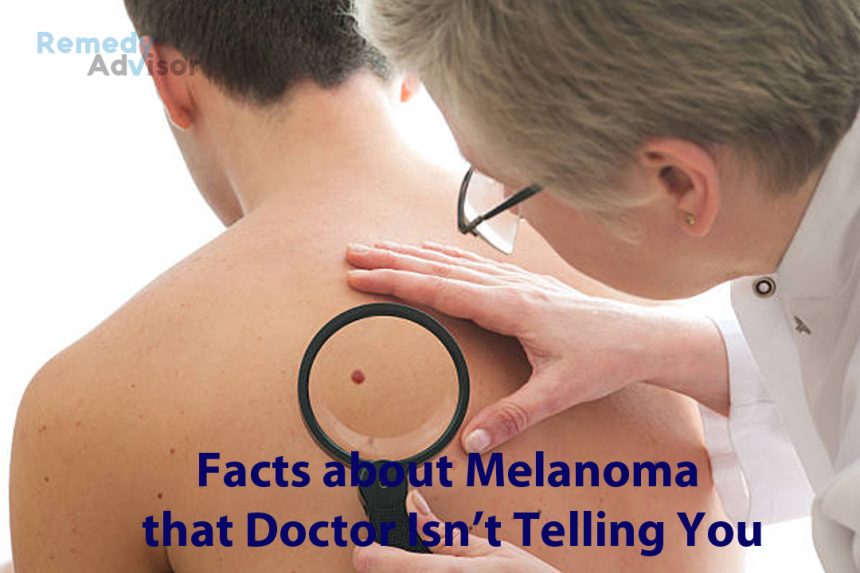The incidence of malignant melanoma, the deadliest form of skin cancer, has soared in recent years probably because of the thinning of the ozone layer and our more active, outdoor lifestyles.
As you may know your chance of surviving melanoma hinges almost entirely on how early it is detected. Found early, melanoma has a cure rate approaching 100%. Once the cancer has burrowed deep into the skin, however, the odds of long-term survival are slim.
Unfortunately, recent trends in the way doctors practice medicine may be making early detection of melanoma less likely. Because of their desire to reduce costs, health maintenance organizations (HMOs) are encouraging doctors to spend less time with patients. Yet the only effective ways to check for skin cancer and for precancerous conditions that might turn cancerous is to examine the entire surface of your skin. That takes time.
Another factor interfering with early detection of skin cancer is that HMOs and other managed-care plans discourage primary-care doctors from referring patients to specialists. And dermatologists are the doctors most skilled at telling which moles are questionable.
Since you cannot count on your doctor to educate you about melanoma or do a careful screening of your skin, your best defense is to learn these things yourself. Here are the basics…
Fair-skinned people are at greatest risk. Blondes and redheads are two to four times more likely to develop melanoma than brunettes. Melanoma in blacks is uncommon, though it does occur. Melanoma tends to run in families. Be especially vigilant at checking your skin if a close relative had it. Any mole can become cancerous, but those present from birth are riskier.
The best way to prevent skin cancer is to avoid exposure to sunlight. That’s especially important at midday, when ultraviolet (UV) radiation is peaking.
To reduce sun exposure, consider wearing a broad-brimmed hat, UV-blocking sunglasses and long pants and long sleeves. Cover all exposed areas with a sunscreen that has a sun protection factor (SPF) of 15 or greater. And don’t assume cloudy days are safe. About 80% of UV rays make their way through the clouds. UV gets reflected into shady areas, too.
If you’re at risk, examine your skin at least once every three months (or have a family member do it for you). Look for the following warning signs
- Diameter larger than a pencil eraser.
- Irregular color, sometimes with areas of red, white, gray or purple mixed in.
- Irregular borders, sometimes notched, with the color “bleeding” outward.
Melanomas are most likely to develop on parts of the body that get lots of sun exposure especially the back and legs. But they can pop up anywhere, including such unlikely areas as the soles of the feet.
If there is any doubt whether a mole could be a melanoma, have it checked. If your primary-care doctor cannot rule out melanoma, have the mole biopsied by a dermatologist.







